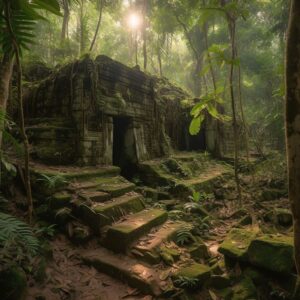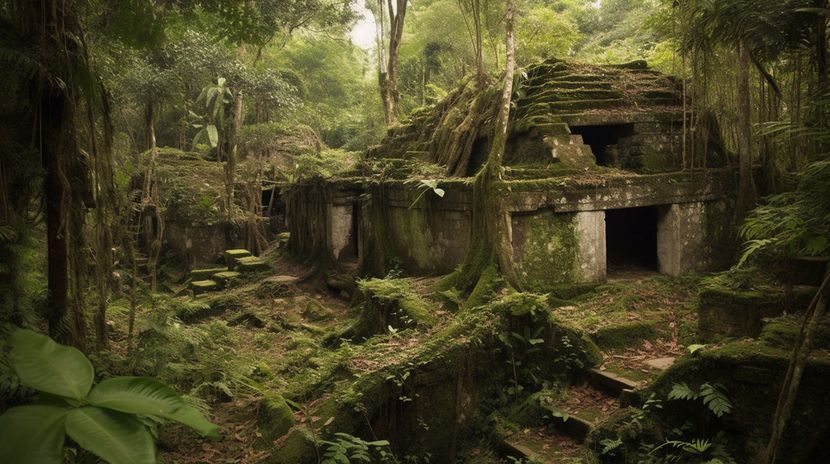In recent years, archaeologists have used cutting-edge technology to explore the dense and inaccessible regions of the Amazon rainforest. One such technology is Light Detection and Ranging, or LiDAR, which uses lasers to scan the ground and create detailed topographic maps of the forest floor. Using LiDAR, researchers have discovered evidence of ancient civilizations hidden beneath the dense foliage of the rainforest. In this article, we’ll explore the exciting findings of LiDAR technology in the Amazon and what it could mean for our understanding of the history of this enigmatic region.
LiDAR technology has been particularly useful for mapping large areas of the rainforest that would be too difficult or dangerous to explore on foot. In the past, researchers would have to rely on satellite imagery or manually explore the forest, but LiDAR can capture images of the forest floor that are not visible from above. By bouncing laser pulses off the ground and measuring the time it takes for the reflected light to return, LiDAR can create detailed 3D models of the terrain, including the shapes and heights of trees, the contour of the ground, and the presence of man-made structures.
In 2018, a team of researchers from the University of Exeter used LiDAR to uncover evidence of a vast network of ancient settlements and earthworks in the Amazon rainforest. The team mapped over 4,000 square miles of forest in the Upper Tapajós Basin, a region known for its rich biodiversity and difficult terrain. The results were stunning: the researchers identified over 450 geoglyphs, or large-scale earthen structures, as well as evidence of ancient agricultural fields, causeways, and canals.
The geoglyphs were particularly intriguing. Some were circular or square, while others had more complex shapes, including spirals, hexagons, and ovals. The largest geoglyph measured over 300 feet in diameter, and many of them were aligned with the movements of the sun and stars. The researchers speculate that the geoglyphs may have been used for astronomical observations or as ceremonial centers. They also found evidence of defensive structures, including moats and ditches, suggesting that the settlements may have been organized into distinct political entities.

The discoveries of the Exeter team have challenged the traditional view of the Amazon as a pristine wilderness untouched by human activity. Instead, the evidence suggests that the region was once home to sophisticated and complex societies that developed their own agricultural practices and had a profound impact on the landscape. Moreover, the discovery of these settlements may prompt a reassessment of the history of the region, which has long been thought to have been inhabited only sparsely by semi-nomadic hunter-gatherers.
The use of LiDAR technology in the Amazon has also raised questions about the role of modern-day deforestation in erasing evidence of the region’s ancient past. The Amazon rainforest is one of the most biodiverse regions on Earth, but it is also under threat from logging, mining, and agriculture. As more of the forest is cleared, researchers worry that evidence of ancient civilizations may be lost forever. However, LiDAR technology offers hope that we can uncover and preserve the secrets of the past before they are destroyed by human activity.
In conclusion, the use of LiDAR technology in the Amazon rainforest has opened up new avenues of research and revealed a hidden history that was previously unknown. The discovery of ancient settlements and geoglyphs challenges our understanding of the region and suggests that the Amazon was once home to thriving and complex societies. As we continue to explore the rainforest with LiDAR and other technologies, we may uncover even more evidence of the rich and diverse cultures that once called this region home.


0 Comments